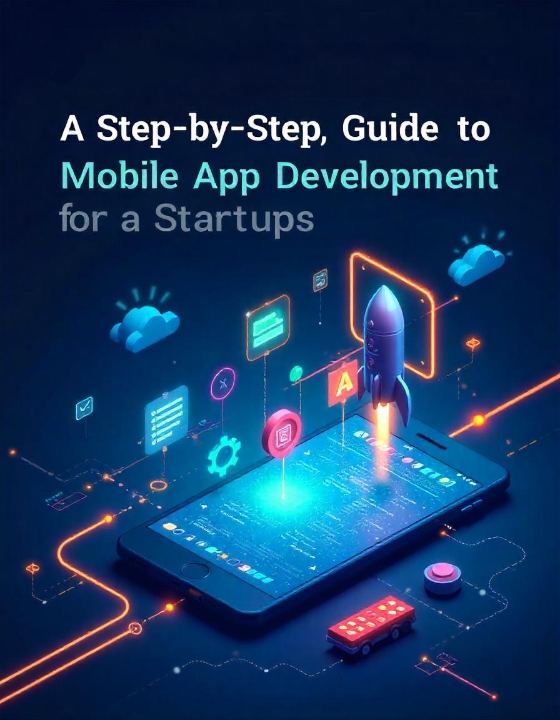
Every successful app starts with a clear vision. Ask yourself:
Create a list of features and functionalities you want in the app, prioritizing the must-haves. Having a well-defined goal will guide the development process and keep you focused on delivering value.
Understanding your competition and audience is crucial.
This research will help you identify gaps and opportunities, ensuring your app stands out.
Decide whether your app will be:
Additionally, consider whether to build:
A user-friendly design is non-negotiable. Collaborate with skilled designers to create:
Focus on intuitive navigation, appealing visuals, and responsiveness to ensure users enjoy their experience.
This is where your idea takes shape. Depending on your team’s expertise, you can either hire in-house developers, freelancers, or partner with an experienced development agency.
Depending on your app’s purpose, include the following:
Remember to integrate APIs for external functionalities like maps, social media sharing, or cloud storage.
Testing ensures your app functions flawlessly. Conduct:
Debug any issues and optimize the app for a smooth user experience.
Once testing is complete, publish your app on relevant platforms (Google Play Store and/or Apple App Store). Create an engaging app description, include high-quality screenshots, and follow platform-specific guidelines for approval.
Promote your app through a well-planned marketing strategy:
Post-launch, monitor user reviews and feedback to understand what’s working and what isn’t. Use analytics tools to gain insights into user behavior. Regularly update your app with bug fixes, new features, and improvements to maintain user interest.
Developing a mobile app for your startup may seem daunting, but with a clear plan and focused execution, it can drive immense growth. Remember, a great app isn’t built overnight. Invest in a thoughtful design, robust development, and continuous improvement to ensure your app stands out in a competitive market.
By following these steps, your startup can launch an app that not only meets user expectations but also becomes a vital part of your business’s success story.
Need professional assistance?
At Growsoft Technologies, we specialize in app development tailored for startups. Whether it’s design, development, or marketing, our team ensures your app reaches its full potential. Visit www.growsofttechnologies.com or email us at info@growsofttechnologies.com to get started today!
Contact Us
Bengalore : #81/40, First Floor, Shivhari Nilaya, venugopal Swami temple Street, Nagawara, Bengalore, 560045
Yavatmal : Plot No 143, 2nd Floor, above Shri Provision, Darda Nagar, Yavatmal, Maharashtra 445001
info@growsofttechnologies.com/
hr@growsofttechnologies.com/
+91 8329992634